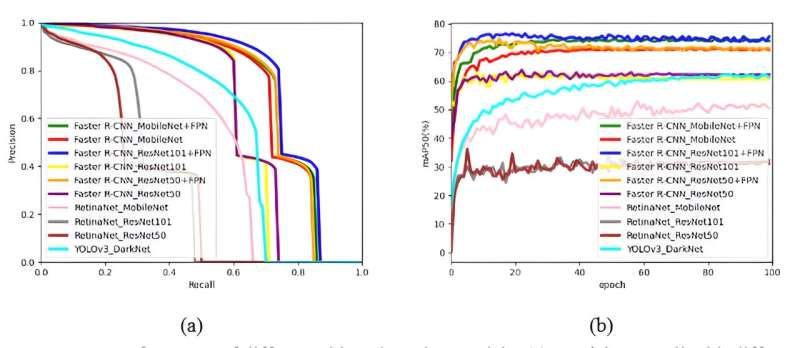
JULY 8, 2024 by NanJing Agricultural University
Collected at: https://phys.org/news/2024-07-deep-maize-phenotype-crop.html
A research team has developed the Point-Line Net, a deep learning method based on the Mask R-CNN framework, to automatically recognize maize field images and determine the number and growth trajectory of leaves and stalks. The model achieved an object detection accuracy (mAP50) of 81.5% and introduced a new lightweight keypoint detection branch. This innovative method promises to enhance the efficiency of plant breeding and phenotype detection in complex field environments, paving the way for more accurate crop management and yield prediction.
Maize, a vital crop globally, is essential for food, feed, and industrial applications. Understanding maize phenotypes, such as plant height, leaf number, and length, is essential for increasing yield and precision breeding. Despite advances in computer vision and deep learning, accurate phenotypic detection in field conditions remains challenging due to complex backgrounds and environmental factors. Current methods, mostly designed for controlled environments, struggle with these challenges.
A study published in Plant Phenomics on 29 May 2024, proposes the Point-Line Net model to improve field phenotypic detection by accurately locating and tracking maize leaf positions and trajectories.
In this study, the research assessed the object detection accuracy for maize using three popular models: Faster R-CNN, RetinaNet, and YOLOv3. Using the original model architectures, it was found that Faster R-CNN with ResNet101 + FPN achieved the highest performance, with an mAP50 of 76.2% and an mAP75 of 39.9%, albeit with a longer detection time of 89.6 ms.
To enhance accuracy, hyperparameters were fine-tuned, and Soft-NMS and D IoU techniques were incorporated, improving mAP50 to 75.5% and mAP75 to 49.2%. Inspired by human keypoint detection, the research developed the innovative Point-Line Net model, which achieved an mAP50 of 81.5% and an mAP75 of 50.1%, outperforming traditional methods.
This method also demonstrated better accuracy in describing leaf and stalk trajectories, with a custom distance evaluation index (mLD) of 33.5, indicating its effectiveness in complex field environments. The training and validation process revealed that the model stabilized around the 100th epoch, suggesting optimal performance for subsequent prediction tasks.
According to the study’s senior researcher, Jue Ruan, “We believe that the results of this study can also provide ideas for field management and phenotypic data collection for other crops.”
In summary, the Point-Line Net model achieved an object detection accuracy (mAP50) of 81.5% and introduced a new lightweight keypoint detection branch, significantly improving phenotypic detection. The research highlights the potential of deep learning methods to enhance the efficiency of field plant phenotyping, offering valuable insights for future crop breeding and management.
Integrating additional annotation information, such as specific growth stages and multi-angle data, could further enhance model accuracy and applicability, paving the way for more precise agricultural practices and better crop yield predictions.
More information: Bingwen Liu et al, Recognition and localization of trajectories of maize leaf and stalk in RGB images based on Point-Line Net, Plant Phenomics (2024). DOI: 10.34133/plantphenomics.0199

Leave a Reply